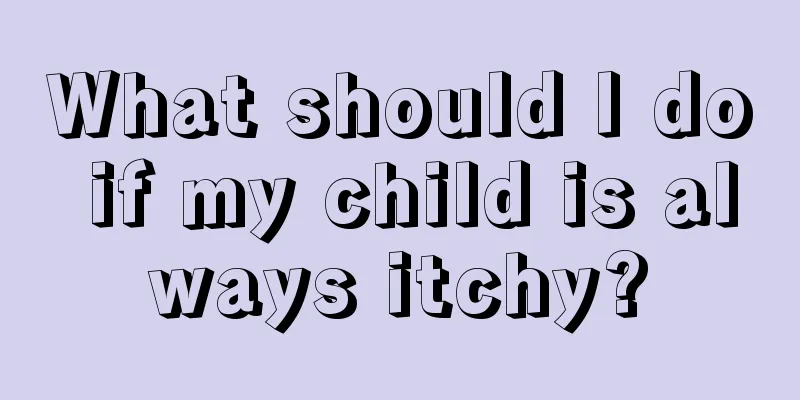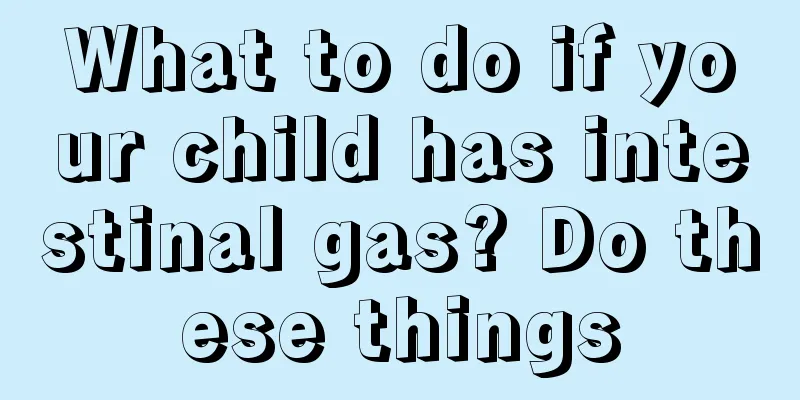What is the cause of tears in the eyes of a 3-year-old?

|
Some children often have tears in their eyes. If it is not a frequent occurrence, there is no need to worry too much. It is actually a physiological phenomenon. However, if the number of tears increases, it should be taken seriously. This may be because their eyes themselves are uncomfortable, so they need to expel the tears from their bodies as soon as possible through their tear ducts. Tears come from the tear glands. The lacrimal gland is composed of tubular glands and ducts, and it is the organ that secretes tears. The lacrimal gland is located in the lacrimal fossa above the eye socket and is divided into two parts: the upper part is the orbital part, also called the upper lacrimal gland, which is larger and shaped like an almond, approximately 12mm×20mm; the lower part is the palpebral part, also called the lower lacrimal gland, which is smaller. The lacrimal gland has 10 to 12 excretory ducts, through which tears are discharged after being produced. Under normal circumstances, the lacrimal gland secretes about 0.5 to 0.6 ml of tears during the day to moisten the conjunctiva and cornea of the eyeball. When a person sleeps, the tear gland stops secreting tears. Tears are a weakly alkaline transparent liquid, of which 98.2% is water, and the rest is a small amount of inorganic salts and proteins, as well as other substances such as lysozyme, immunoglobulin A, and complement system. After tears are produced, they are excreted through the tear ducts. The lacrimal duct is composed of the lacrimal puncta, lacrimal canaliculi, lacrimal sac and nasolacrimal duct. There is one lacrimal punctum on the inner side of the upper and lower eyelid margins. Tears enter the sewer-like lacrimal canaliculus from the lacrimal punctum, and then enter the lacrimal sac through the lacrimal canaliculus which is about 10 mm long. The lacrimal sac is specifically used to collect and store tears to prevent tears from flowing out. The size of the lacrimal sac is approximately 12mm×6mm. There is a tube 12 to 24mm long and 3 to 6mm in diameter below the lacrimal sac that goes directly to the nasal cavity. This is the nasolacrimal duct. The tears in the lacrimal sac enter the nasal cavity through the nasolacrimal duct. So when we put eye drops in, we need to press the root of the nose with our fingers to prevent the eye drops from flowing into the nasal cavity through the nasolacrimal duct. Tears do not necessarily indicate a change in emotion. When foreign objects such as dust fall into our eyes, a large amount of tears will be produced to flush the foreign objects out. In addition to a large amount of water, tears also contain lysozyme, immunoglobulin, complement system, lactoferrin, β-lysin, etc., which have the effect of inhibiting bacterial growth. Therefore, tears have another very important function - defense. In addition, tears can moisten the surface of the eyeball, moisten the conjunctival sac, and change the optical properties of the cornea. |
<<: Child watching TV with squinting eyes
>>: Northeast Kindergarten Recipes
Recommend
What is the reason for the child to sleep with half open eyes?
I believe that in life, many parents will find a ...
What are the ways to cultivate children's love of thinking?
Parents all hope that their children will use the...
Is it good for babies to sleep during the day?
I believe that many mothers will have some troubl...
How to prevent baby’s enteritis after taking medicine?
Spring is here. If you don't pay attention to...
Why does my child have a low fever at night but not during the day?
It is very common for children to have a fever, e...
How to treat peeling of the fingertips in children
The growth of a child affects the hearts of many ...
How to supplement zinc and calcium deficiency in children
The development of children in childhood is a top...
What doctor should I go to if my child is late in speaking?
Every parent is very nervous about their children...
What should I do if my child is weak and sweats a lot?
The condition of children's physical weakness...
Baby shakes his head vigorously before falling asleep
All parents love their children very much, so the...
What should you pay attention to when a nine-year-old child is changing his teeth?
Children's tooth replacement is something tha...
What are the prevention methods for hernia in children?
Nowadays, children are the treasures of every hou...
The main reason why children grind their teeth at night
Many children grind their teeth when they sleep a...
Does children's teeth grinding indicate calcium deficiency?
Children, due to their young age, have lower resi...
Pseudomyopia in children
With the improvement of living standards, childre...









